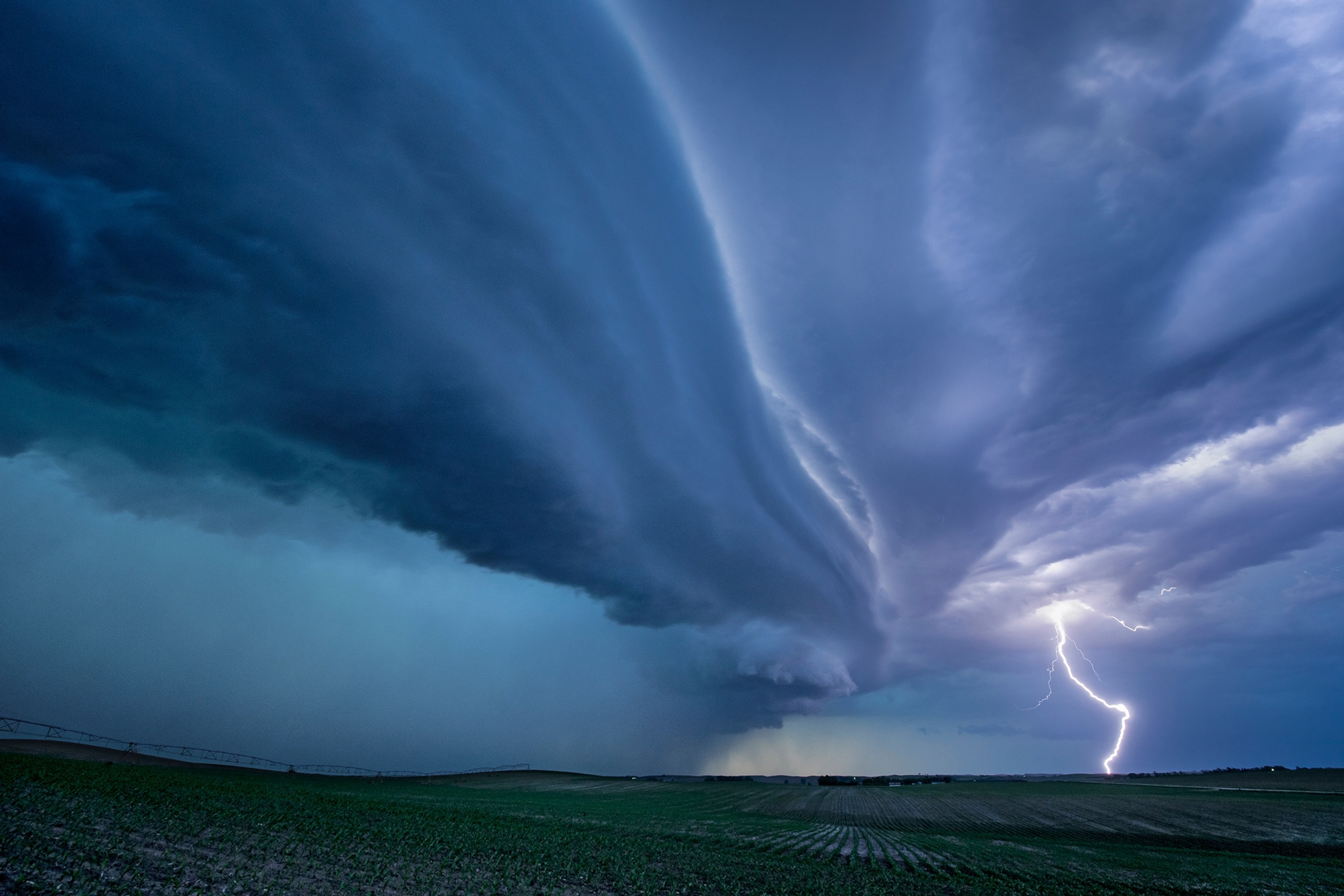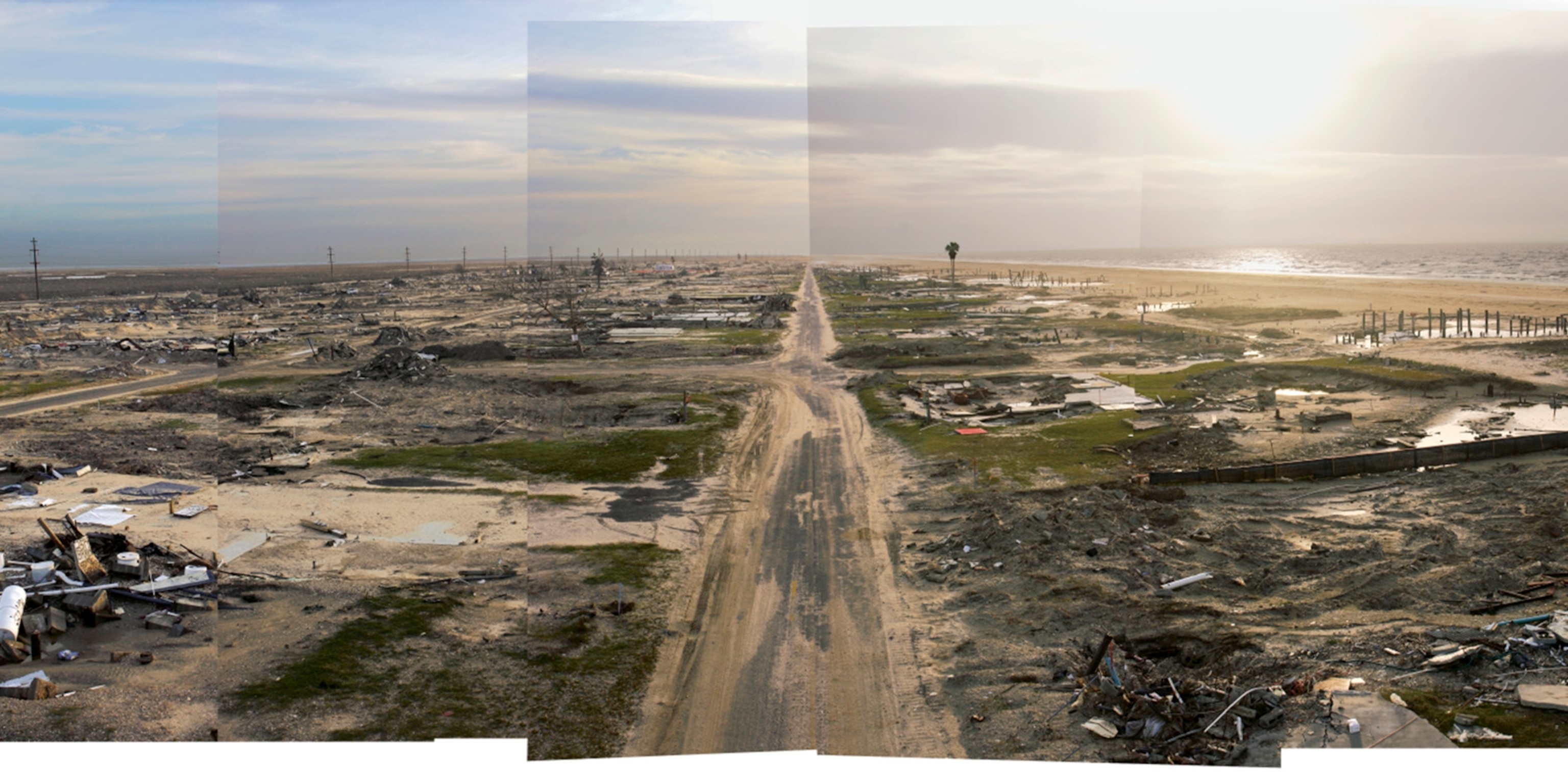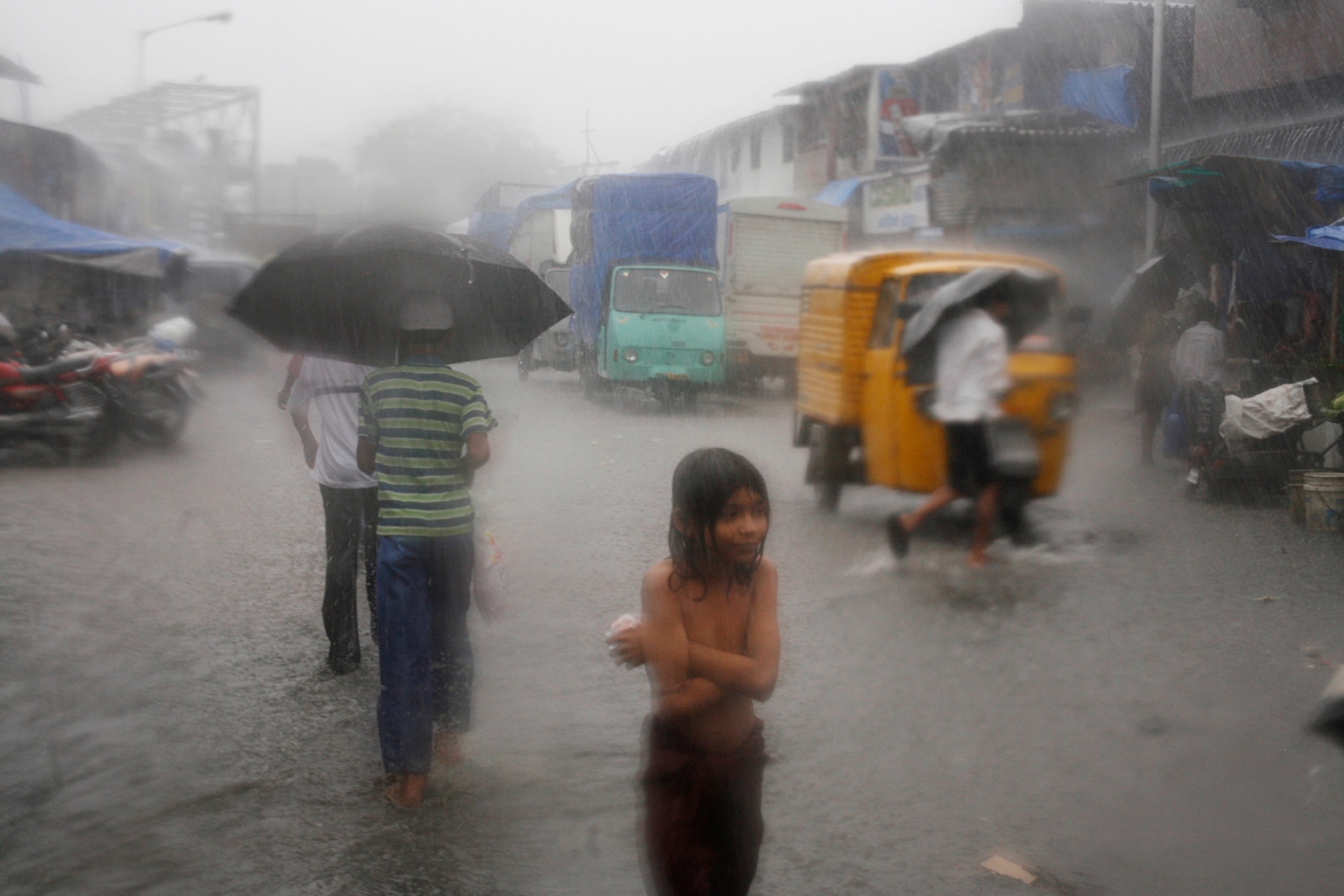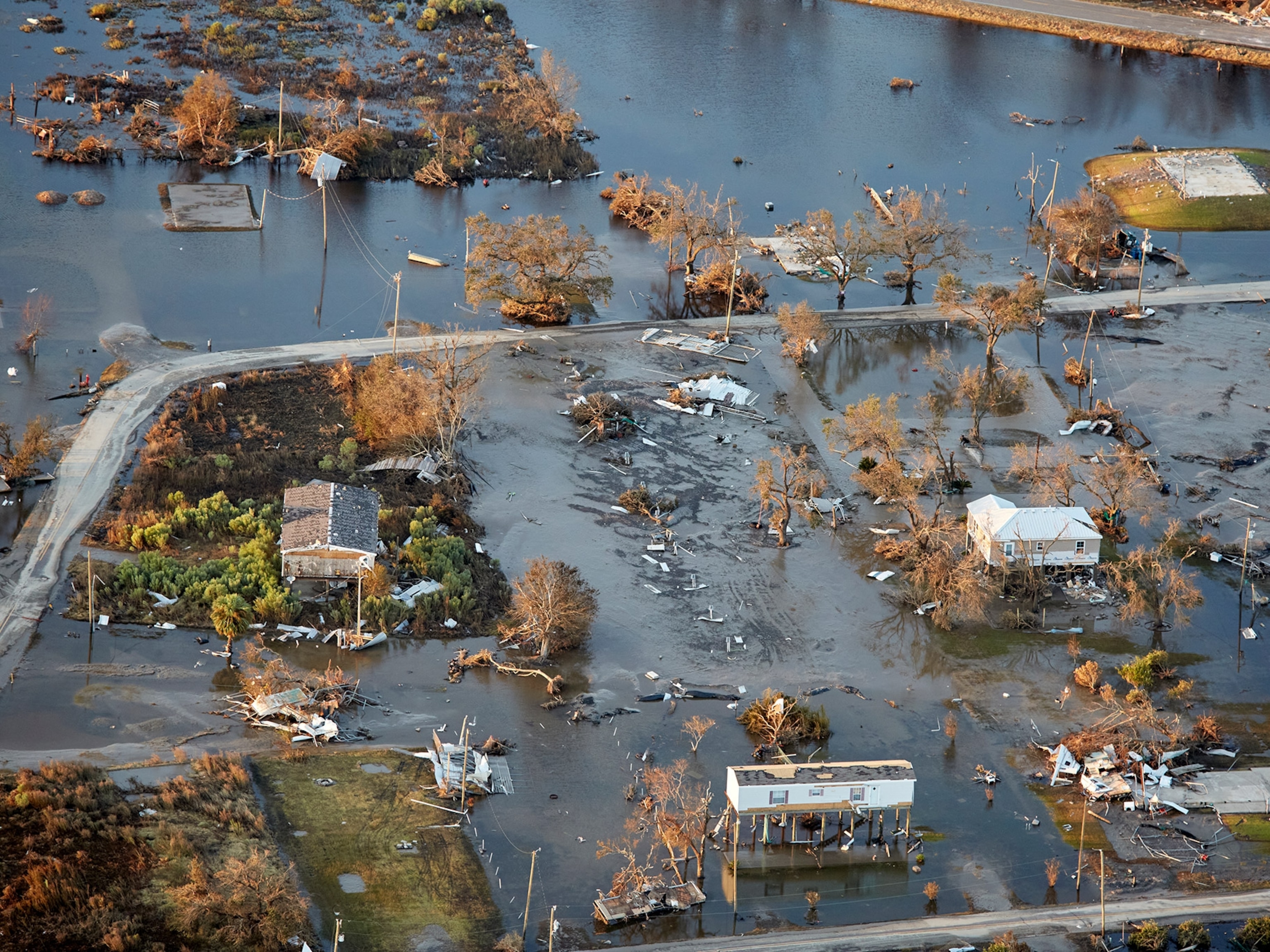Climate isn't the same thing as weather. Weather is the condition of the atmosphere over a short period of time; climate is the average course of weather conditions for a particular location over a period of many years.
One of the factors that influences climate is the angle of the sun's rays. In the tropics, between 23.5° N and 23.5° S, there is at least one time of year when the noontime sun is directly overhead and its rays hit at a direct angle. This produces a hot climate with relatively small temperature differences between summer and winter.
In the Arctic and Antarctic (north or south of 66.5° latitude), there are times of year when the sun is above the horizon 24 hours a day (a phenomenon known as midnight sun) and times when it never rises. Even in the summer, the sun is low enough for temperatures to be lower than in the tropics, but the seasonal changes are much greater than in equatorial regions. Interior Alaska has seen temperatures as high as 100 degrees Fahrenheit (38 degrees Celsius).
Closer to the Equator lie the temperate regions. These include the United States, Europe, China, and parts of Australia, South America, and southern Africa. They have the typical four seasons: winter, spring, summer, and fall.
Outside Influences
Climate is also controlled by wind, oceans, and mountains.
Winds bring moisture to land. North and south of the Equator, the trade winds blow from the northeast and southeast, respectively. These winds converge in the tropics, forcing air to rise. This produces thunderstorms, humidity, and monsoons.
North and south of the trade winds, about 30° from the Equator, there is relatively little wind, and therefore little moisture blowing inland from the oceans. Also, dry air is sinking back to the surface, warming in the process. This is why many of the world's great desert regions—the Sahara, Gulf, Iran, Iraq, and chunks of Mexico—lie at the same latitude. A similar band of deserts lies to the south in Australia, South America, and southern Africa.
Mountains force wind to rise as it crosses over them. This cools the air, causing moisture to condense in clouds and rain. This produces a wet climate on the upwind side of the mountains and an arid "rain shadow" on the downwind side.
Oceans provide moisture that fuels rainstorms. They also buffer the temperature of coastal regions, regardless of latitude.
Climate Groups
In the early 1900s, climatologist Wladimir Köppen divided the world into five major climate groups.
Moist, tropical climates are hot and humid. Steppes and deserts are dry, with large temperature variations. Plentiful lakes, rivers, or nearby oceans give humid, midlatitude climates cool, damp winters, but they have hot, dry summers. Some of these climates are also called Mediterranean. Continental climates occur in the centers of large continents.
Mountain ranges (or sheer distance) block off sources of moisture, creating dry regions with large seasonal variations in temperature. Much of southern Canada, Russia, and parts of central Asia would fall into this category. Cold, or polar, climates round out Köppen's list. A sixth region, high elevations, was later added to the classification system.













Related Topics
You May Also Like
Go Further
Animals
- How can we protect grizzlies from their biggest threat—trains?How can we protect grizzlies from their biggest threat—trains?
- This ‘saber-toothed’ salmon wasn’t quite what we thoughtThis ‘saber-toothed’ salmon wasn’t quite what we thought
- Why this rhino-zebra friendship makes perfect senseWhy this rhino-zebra friendship makes perfect sense
- When did bioluminescence evolve? It’s older than we thought.When did bioluminescence evolve? It’s older than we thought.
- Soy, skim … spider. Are any of these technically milk?Soy, skim … spider. Are any of these technically milk?
Environment
- Are the Great Lakes the key to solving America’s emissions conundrum?Are the Great Lakes the key to solving America’s emissions conundrum?
- The world’s historic sites face climate change. Can Petra lead the way?The world’s historic sites face climate change. Can Petra lead the way?
- This pristine piece of the Amazon shows nature’s resilienceThis pristine piece of the Amazon shows nature’s resilience
- Listen to 30 years of climate change transformed into haunting musicListen to 30 years of climate change transformed into haunting music
History & Culture
- Meet the original members of the tortured poets departmentMeet the original members of the tortured poets department
- Séances at the White House? Why these first ladies turned to the occultSéances at the White House? Why these first ladies turned to the occult
- Gambling is everywhere now. When is that a problem?Gambling is everywhere now. When is that a problem?
- Beauty is pain—at least it was in 17th-century SpainBeauty is pain—at least it was in 17th-century Spain
Science
- Should you be concerned about bird flu in your milk?Should you be concerned about bird flu in your milk?
- Here's how astronomers found one of the rarest phenomenons in spaceHere's how astronomers found one of the rarest phenomenons in space
- Not an extrovert or introvert? There’s a word for that.Not an extrovert or introvert? There’s a word for that.
- NASA has a plan to clean up space junk—but is going green enough?NASA has a plan to clean up space junk—but is going green enough?
Travel
- This tomb diver was among the first to swim beneath a pyramidThis tomb diver was among the first to swim beneath a pyramid
- Dina Macki on Omani cuisine and Zanzibari flavoursDina Macki on Omani cuisine and Zanzibari flavours
- How to see Mexico's Baja California beyond the beachesHow to see Mexico's Baja California beyond the beaches
- Could Mexico's Chepe Express be the ultimate slow rail adventure?Could Mexico's Chepe Express be the ultimate slow rail adventure?





